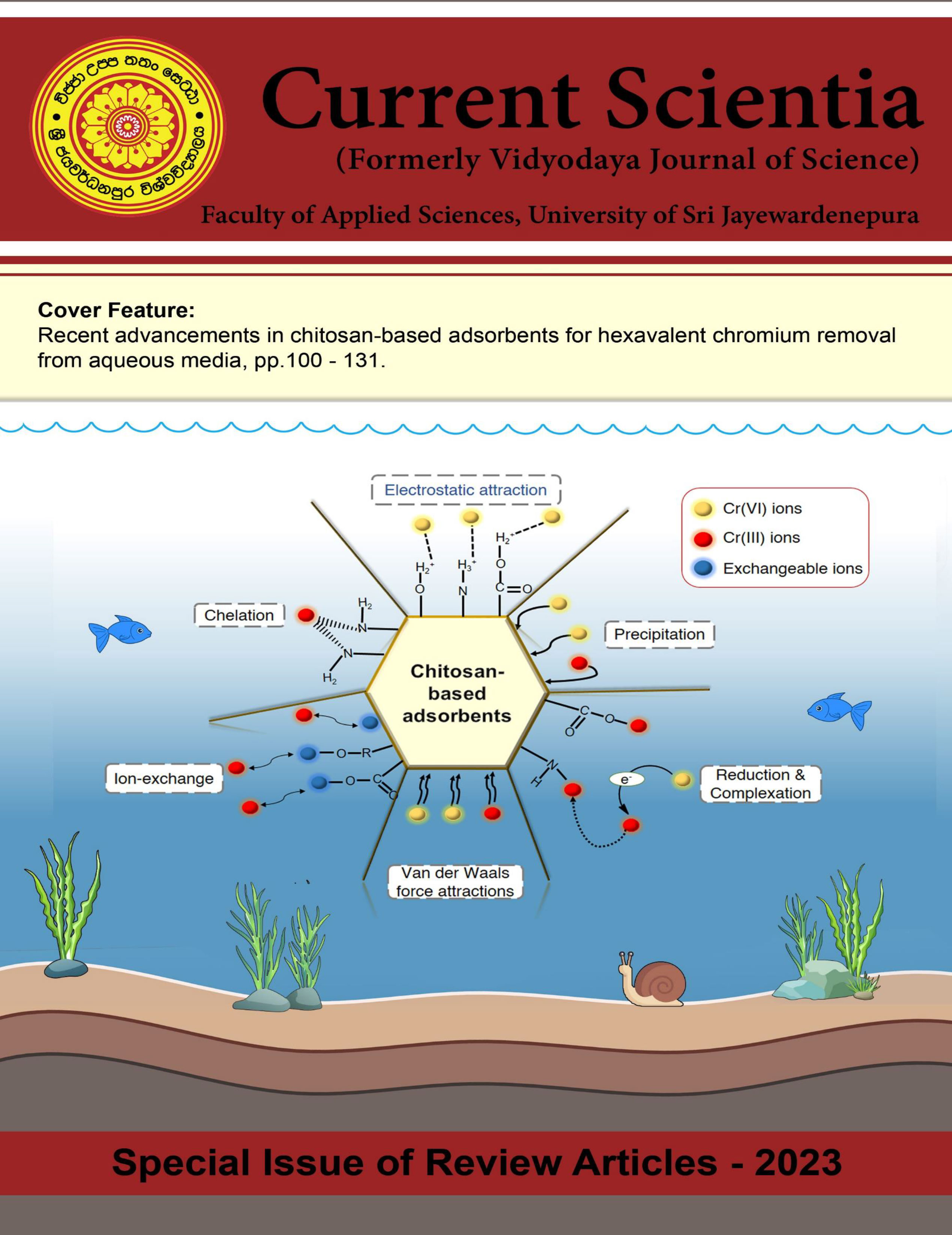Analytical Methods and Regulative Viewpoint of Antimicrobial Preservatives in Cosmetics
DOI:
https://doi.org/10.31357/vjs.v1is1.6711Abstract
Cosmetics need to be resistant to microbial contamination to protect consumer health and increase shelf life, much like any other product containing water, organic and inorganic components. The aims of anti-microbiological activity are to protect consumers from potentially harmful bacteria and to preserve products subject to degradation. Chemical, physical, or physicochemical methods are used to ensure this. Organic acid preservatives, alcohols, formaldehyde releasers, halogenated preservatives, isothiazolinones, quaternary ammonium salts and chlorhexidine are among the preservatives included in the legislation. Indeed, high quantities
are more successful from a preservation standpoint, nevertheless they are toxic to consumers, whereas low amounts can lead to microbial resistance. Accordingly, the criteria of several international legislation and validation methods for introducing microbiologically safe items to the market have become essential. Although there are many approaches based on gas chromatography (GC) as per literature, the most common methods for the determination of preservatives are based on liquid chromatography (LC). Both of these procedures, as well as capillary electrophoresis (CE) and micellar electro kinetic chromatography (MEKC), have been frequently utilized in the cosmetics industry to determine preservative levels. Analytical approaches have been primarily focused on parabens, whereas the number of available methods to investigate other preservatives is limited. There is a tendency toward the usage of miniature extraction processes where new and improved sample preparation and extraction techniques including matrix solid-phase dispersion, solid-phase extraction, pressurized liquid extraction/supercritical fluid extraction and microextraction-based method have been introduced with high levels of efficiency and extraction capacities. Considering the significance and relevance of preservatives in cosmetics, this study highlights the most recent state-of-the-art information on their safety and regulatory concerns. Given the rising influence on consumer health, sample preparation and analytical methods for
preservative detection were also investigated which have been proposed by the international scientific literature.
Keywords: Preservatives, Cosmetics, Analytical Techniques, Derivatization, Extraction




